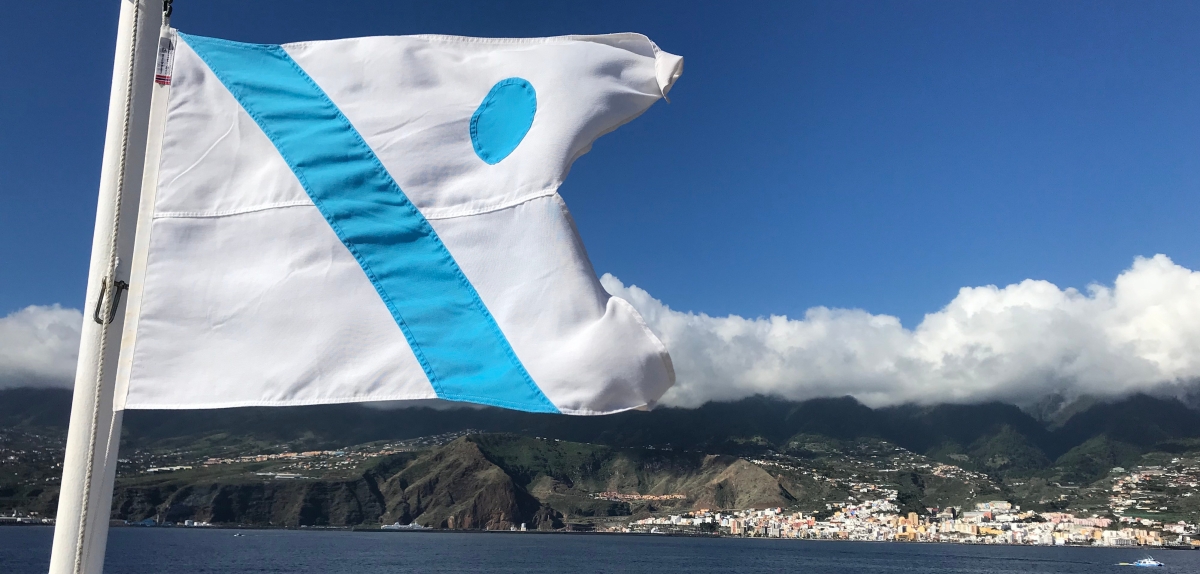I’ve just spent a wonderful 18 days as a guest speaker on Fred Olsen’s beautiful ship Braemar as she undertook the Island Hopping in the Tropics cruise to Madeira, the Canary Islands and Cape Verde. It was my first time on board this particular ship although I am familiar with the route, so Russ and I were looking forward to several sea days during the cruise and hopefully good sightings of pelagic marine wildlife on the way.
Days One to Three – all at sea
Our first three days at sea en route to Madeira proved frustrating in terms of wildlife watching, thanks to the whims of mother nature and the difficulties in spotting animals in poor sea conditions. However, with the fantastic ‘Bridgecam’ beamed out to cabin TVs around the ship, our first wildlife sighting proved fairly easy as a small group of Short-beaked Common Dolphin raced into the bow whilst we were getting ready to leave the cabin first thing in the morning of 16th! Unfortunately, we were made to work harder for sightings after this with very few seabird sightings and a handful of Common Dolphin throughout the day.
After a reasonably active group of Common Dolphin teased us with an all too brief sighting mid-afternoon, a sudden surge and two large splashes grabbed my attention. A large, dark, but heavily scarred dorsal fin confirmed Risso’s Dolphin. This group of 9 animals passed by Braemar in their characteristic chorus line, before vanishing from sight as quickly as they had been spotted. Just before we were about to call it a day on 16th due to deteriorating light conditions, I suddenly spotted 2 very large rorqual whale blows about 4 nautical miles out to the horizon. Sea conditions meant that we were never able to see the animals, but from the size of the blow, they must have been either very large female Fin or Blue Whale – frustrating stuff!
Unfortunately, weather conditions deteriorated further and there were minimal sightings on 17th and 18th with the dolphin highlights being a quiet group of Striped Dolphin trying to sneak past in the morning and two very active Common Dolphin at lunch time who both got some great air as they leapt in to bow-ride in the rough conditions!
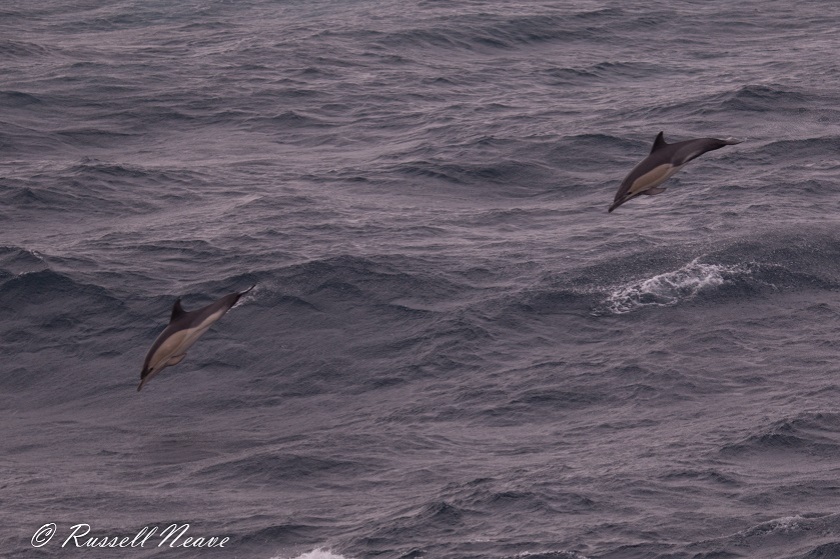
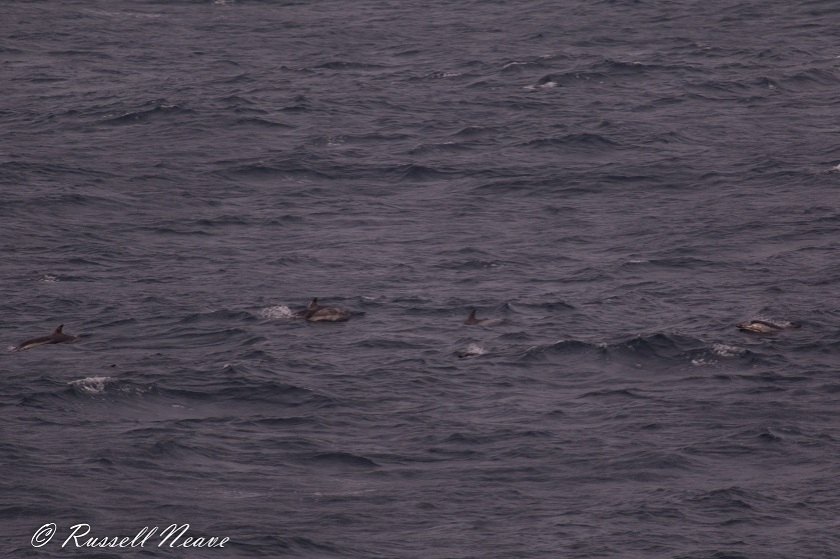
However, this gave me ample opportunity to chat to our fellow passengers after my introductory presentation on Spotting Cetaceans at Sea. Those of us braving it out on deck were rewarded with a fabulous fly-past from two juvenile Northern Gannet making their first sorties out to the open ocean after fledging this summer. They passed close enough to really show off their intricate, speckled silver and brown coloration which they will slowly lose as they moult into their striking white and black adult plumage over the coming five years.
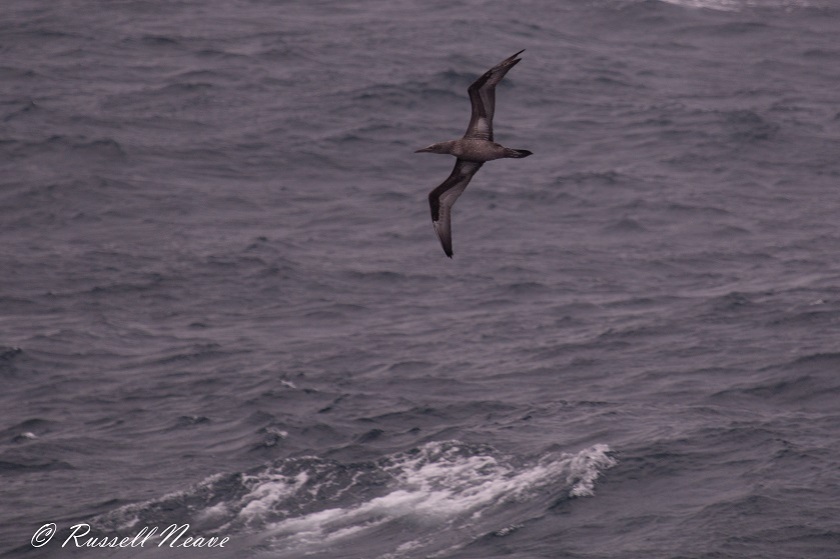
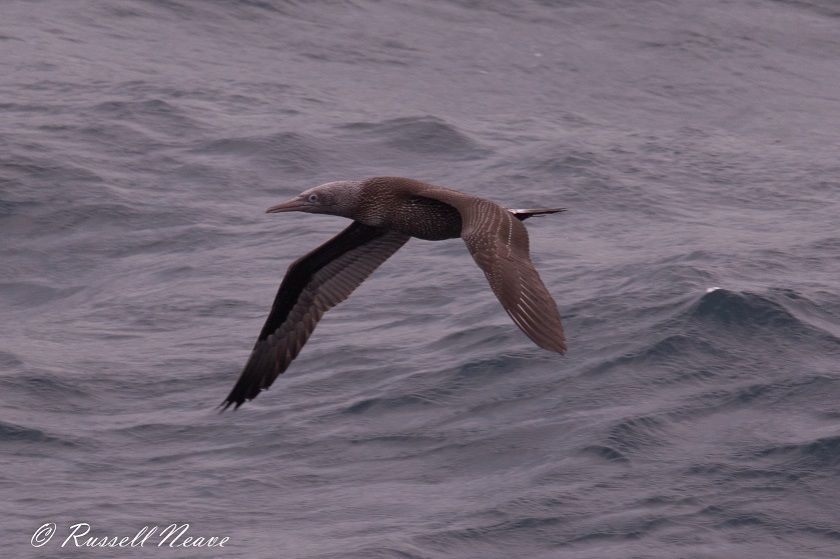
Day Four – Madeira
Our first port of call beckoned on day four and we woke at first light with the island of Madeira in sight and vastly improved viewing conditions so breakfast was skipped and Russ and I met a small band of enthusiastic passengers on deck. We were able to point out plenty of Cory’s Shearwater shearing low over the calm sea as well as a fairly close view of a Fea’s/Zino’s Petrel (both species being indistinguishable at sea). As we approached the port, the numbers of Yellow-legged Gull increased giving some great photographic opportunities to those of us with cameras.
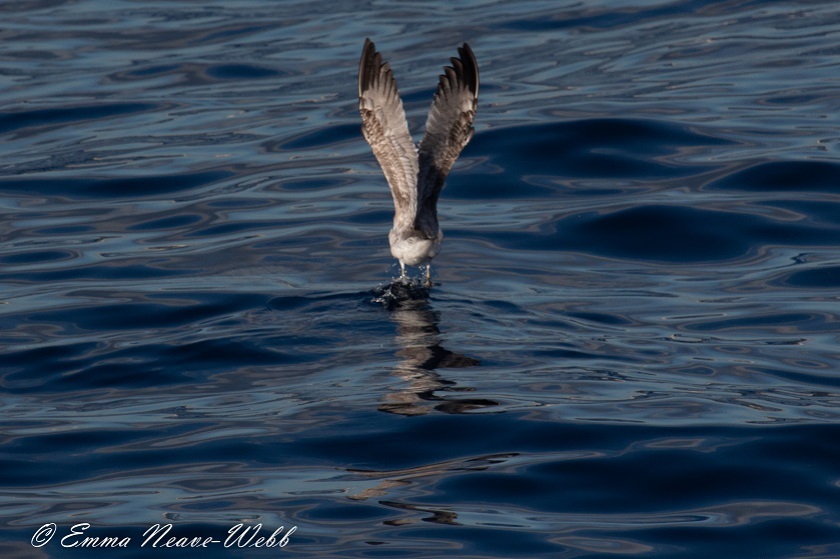
Once in Funchal, Russ and I decided we hadn’t spent enough time at sea yet and promptly booked a RIB trip out with Rota de Cetaceos for the afternoon! Prior to this, we spent some time exploring the seafront and park where we recorded good numbers of Atlantic Canary as well as hundreds of Canary Lizard.
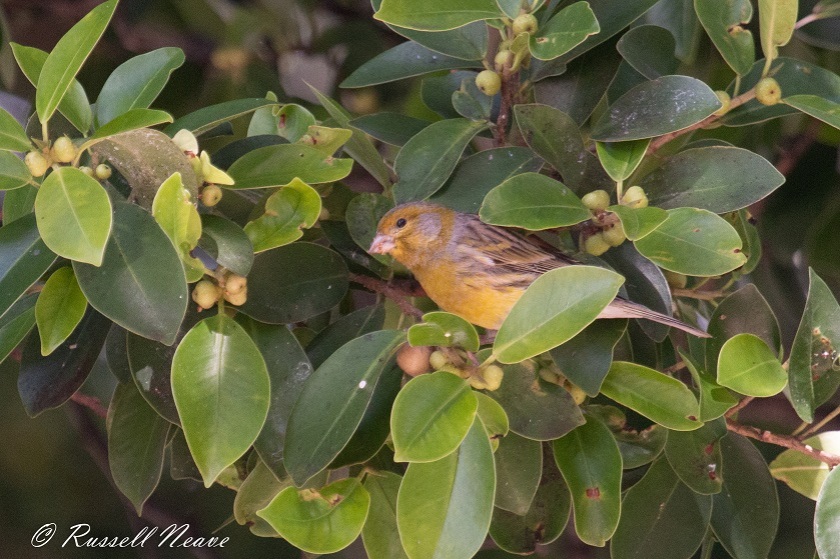
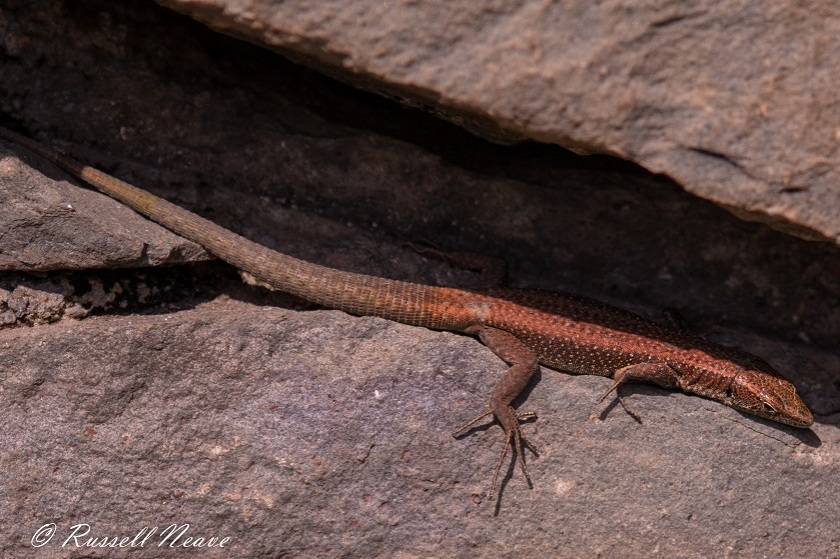
Our RIB trip was excellent and after a good introduction to the species we would be looking for and why they made Madeira their home, we set off full of anticipation. The company use land-based lookouts strategically watching from the cliffs around the coast so it wasn’t long at all before the first call came through that there was a large nursery pod of Short-finned Pilot Whale nearby. Over the next little while, we were treated to some excellent views of an extended group of around 40 animals including adults and calves of varying ages.
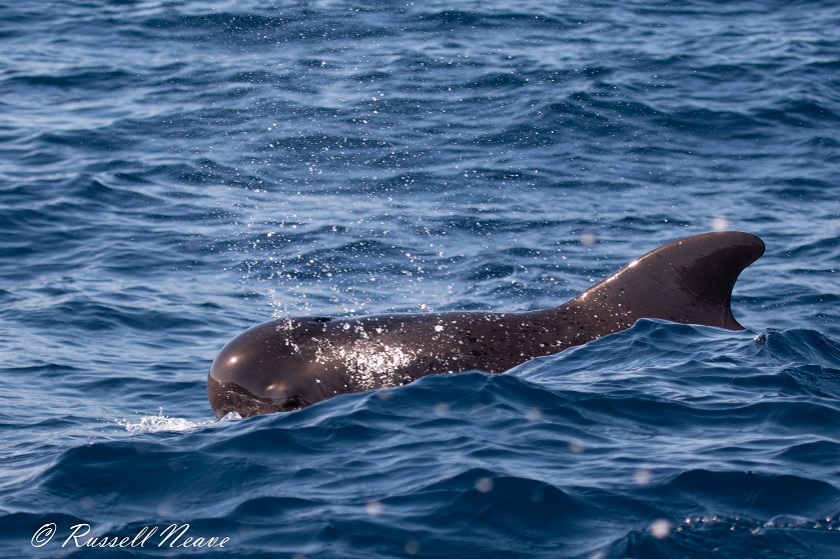
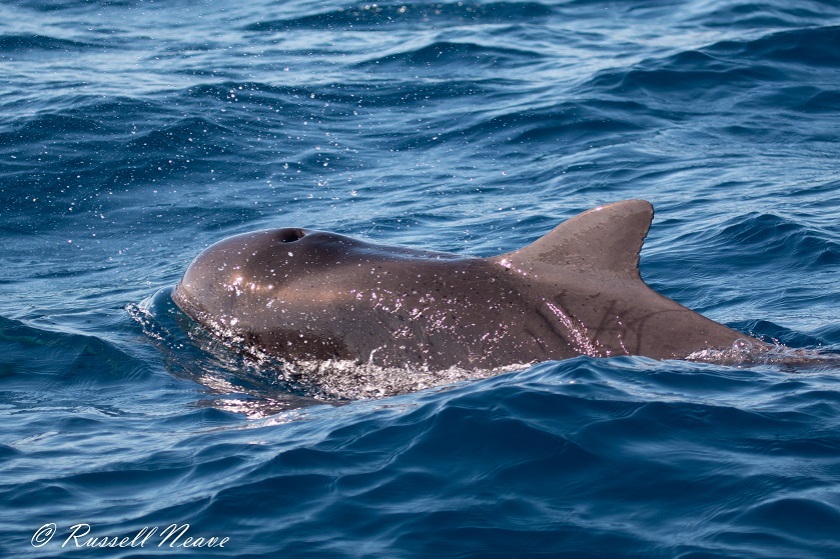
Because whale and dolphin watching is monitored in Madeira, we were only able to stay with the group for a short while to minimise disturbance (a great model that other countries looking to set up whale watching should look at) so it was time to move on. However, we didn’t have to wait long for our next sighting as the call came through that a group of Bottlenose Dolphin was close to shore to the east of Funchal.
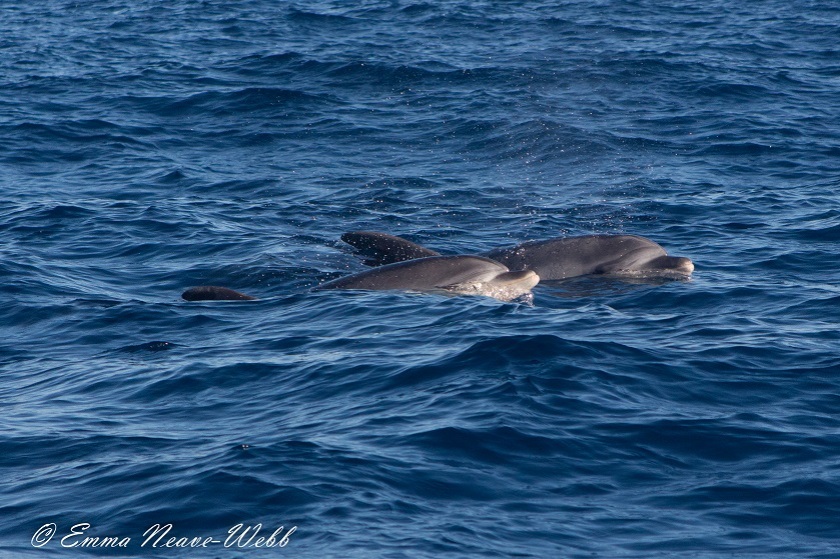
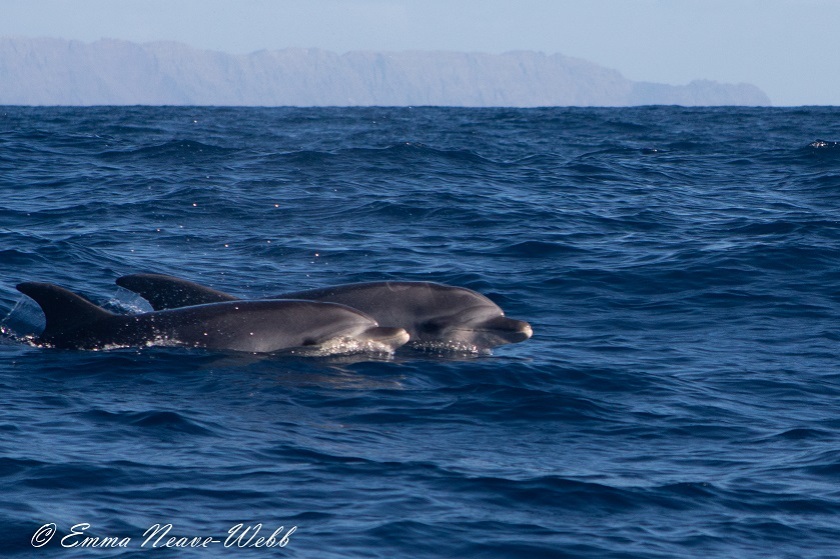
This is where using a RIB comes into its own as we were able to transit quickly and locate the animals. Everyone on the RIB had fabulous views of these large dolphins watching us and inquisitively coming in close to check us out. A wonderful trip and I highly recommend Rota de Cetaceos as a responsible and good value tour operator. Before long, it was time to rejoin Braemar for the sailaway at dusk, with the promise of good weather over the coming days.
Thanks for reading!
Emma

